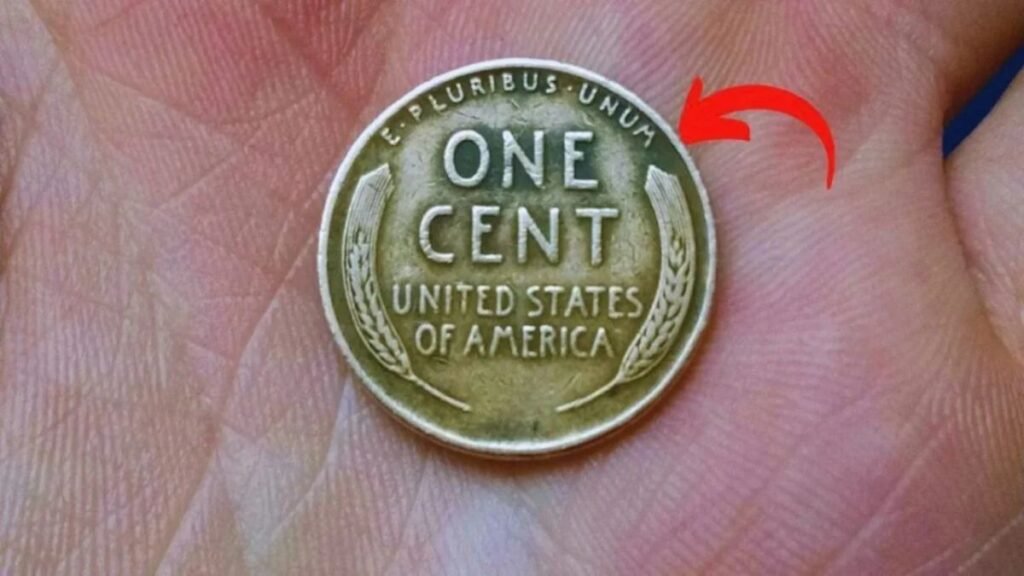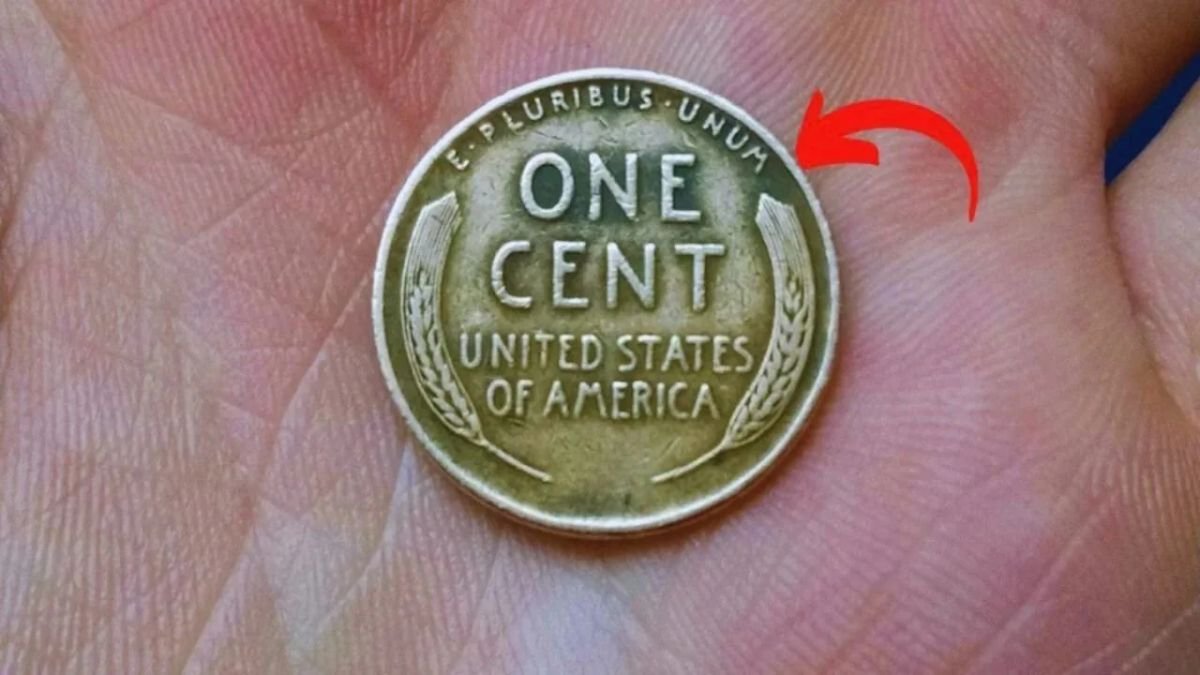The Lincoln Wheat Penny holds an iconic place in American coin history. More than just a one-cent piece, this humble coin has fascinated collectors for over a century with its historic design, rare minting errors, and potential to fetch millions at auction. One such rare Lincoln Wheat Penny has even been rumored to sell for an astounding $37 million, proving that even a simple penny can become a priceless treasure.
Surprisingly, you might have a valuable Lincoln Wheat Penny sitting unnoticed in a coin jar, an old drawer, or passed down as part of a family heirloom. Understanding its rich legacy and knowing what to look for can turn ordinary pocket change into a life-changing discovery.
Also be Read- New Mahindra XUV300 2025 Launched with 32 KMPL Mileage & Affordable Price – See Features
Table of Contents
The Birth of the Lincoln Wheat Penny: A Tribute to a President
The Lincoln Wheat Penny was first minted in 1909 to honor the 100th birthday of President Abraham Lincoln. This marked the first time a real person—rather than a symbolic figure like Lady Liberty—appeared on a U.S. coin.
Designed by Lithuanian-American sculptor Victor David Brenner, the obverse featured a detailed portrait of Lincoln, while the reverse showcased two wheat ears enclosing the words “ONE CENT” and “UNITED STATES OF AMERICA.” These wheat stalks symbolized the nation’s agricultural strength—hence the name “Wheat Penny.”

Interestingly, Brenner’s initials V.D.B. appeared prominently on the coin’s reverse, sparking public backlash. The initials were quickly removed but returned later in a more subtle form, making early 1909-S VDB Lincoln Wheat Pennies one of the most sought-after by collectors.
The Million-Dollar Error: The 1943 Bronze Lincoln Wheat Penny
One of the rarest and most valuable coins in U.S. history is the 1943 bronze Lincoln Wheat Penny. During World War II, copper was a critical material for military use, so the U.S. Mint began producing pennies with zinc-coated steel instead of bronze. These 1943 steel Lincoln Wheat Pennies had a silver-like shine and were widely circulated.
However, a few bronze blanks (planchets) from 1942 accidentally remained in the minting machines. This mistake created an ultra-rare version of the 1943 Lincoln Wheat Penny made of bronze instead of steel. Fewer than 25 genuine examples of this error coin are known to exist, making it a legend in the numismatic world.
These bronze 1943 pennies were minted in Philadelphia, San Francisco, and Denver, and each mint version is a prized rarity. One example has sold at auction for more than $1.7 million, and experts believe the finest known version could command up to $37 million, depending on its condition and provenance.
Why the 1943 Bronze Lincoln Wheat Penny Is So Valuable
Several factors contribute to the staggering value of this coin:
- Ultra-Rarity: With fewer than 25 authenticated specimens, it’s one of the rarest U.S. coins.
- Historical Significance: A wartime minting error tied to America’s WWII efforts adds tremendous historic appeal.
- Exceptional Demand: Collectors view the 1943 bronze Lincoln Wheat Penny as the ultimate addition to a coin collection.
- Pristine Condition: Mint-state or uncirculated coins fetch much higher prices at auction.
How to Tell If You Have a 1943 Bronze Lincoln Wheat Penny
Think you’ve found one of these hidden gems? Here are some quick checks to help identify a 1943 bronze Lincoln Wheat Penny:
- Use a Magnet: Steel pennies will stick; bronze ones won’t.
- Look at the Color: Bronze has a reddish-brown hue, while steel appears shiny and gray.
- Weigh the Coin: Bronze pennies weigh around 3.11 grams; steel ones are lighter at 2.7 grams.
- Professional Authentication: Get the coin verified by grading services like PCGS or NGC to determine authenticity and value.
Other Valuable Lincoln Wheat Pennies to Watch For
While the 1943 bronze version steals the spotlight, several other Lincoln Wheat Pennies are worth thousands:
- 1909-S VDB Penny: First-year issue with prominent designer initials. Very limited in mintage.
- 1955 Doubled Die Penny: Features a dramatic doubling of the date and inscriptions due to a die misalignment.
- 1944 Steel Penny: Another minting error; leftover steel blanks were mistakenly used after the war, making these coins highly valuable.
Each of these coins adds its own story to the Lincoln Wheat Penny legacy and can be worth a small fortune depending on condition.
The Cultural Significance of the Lincoln Wheat Penny
The Lincoln Wheat Penny is more than just a coin—it’s a symbol of American values, craftsmanship, and history. From war-time scarcity to design innovation, it reflects the spirit of an evolving nation.
These coins circulated widely during the 20th century and were often used by children to buy candy, by adults to save for war bonds, and by collectors to start a lifelong passion. For many, Lincoln Wheat Pennies stir memories of grandparents, coin albums, and weekend treasure hunts at flea markets.
Also Be Read- New Maruti Ertiga 2025 Unveiled: Stylish Design, Impressive Features & Affordable Price
Getting Started with Lincoln Wheat Penny Collecting
The Lincoln Wheat Penny is a fantastic entry point into the world of coin collecting. It’s historically rich, relatively easy to find in lower grades, and offers the thrill of potentially uncovering a rare gem.
Tips for Beginners:
- Start by checking your spare change and old piggy banks.
- Visit local coin shops or online marketplaces like eBay for common-date coins.
- Learn to recognize mint marks, errors, and signs of wear.
- Keep your finds in protective holders to maintain condition.
Whether you’re a seasoned collector or just curious, the journey into Lincoln Wheat Pennies offers history, discovery, and perhaps even fortune.
Final Thoughts
From a simple copper coin to a multimillion-dollar rarity, the Lincoln Wheat Penny continues to capture imaginations across generations. Its blend of historical depth, design elegance, and rare surprises makes it a cornerstone of American numismatics. Keep your eyes open—you never know when you might stumble upon one of these incredible treasures in your very own pocket.

